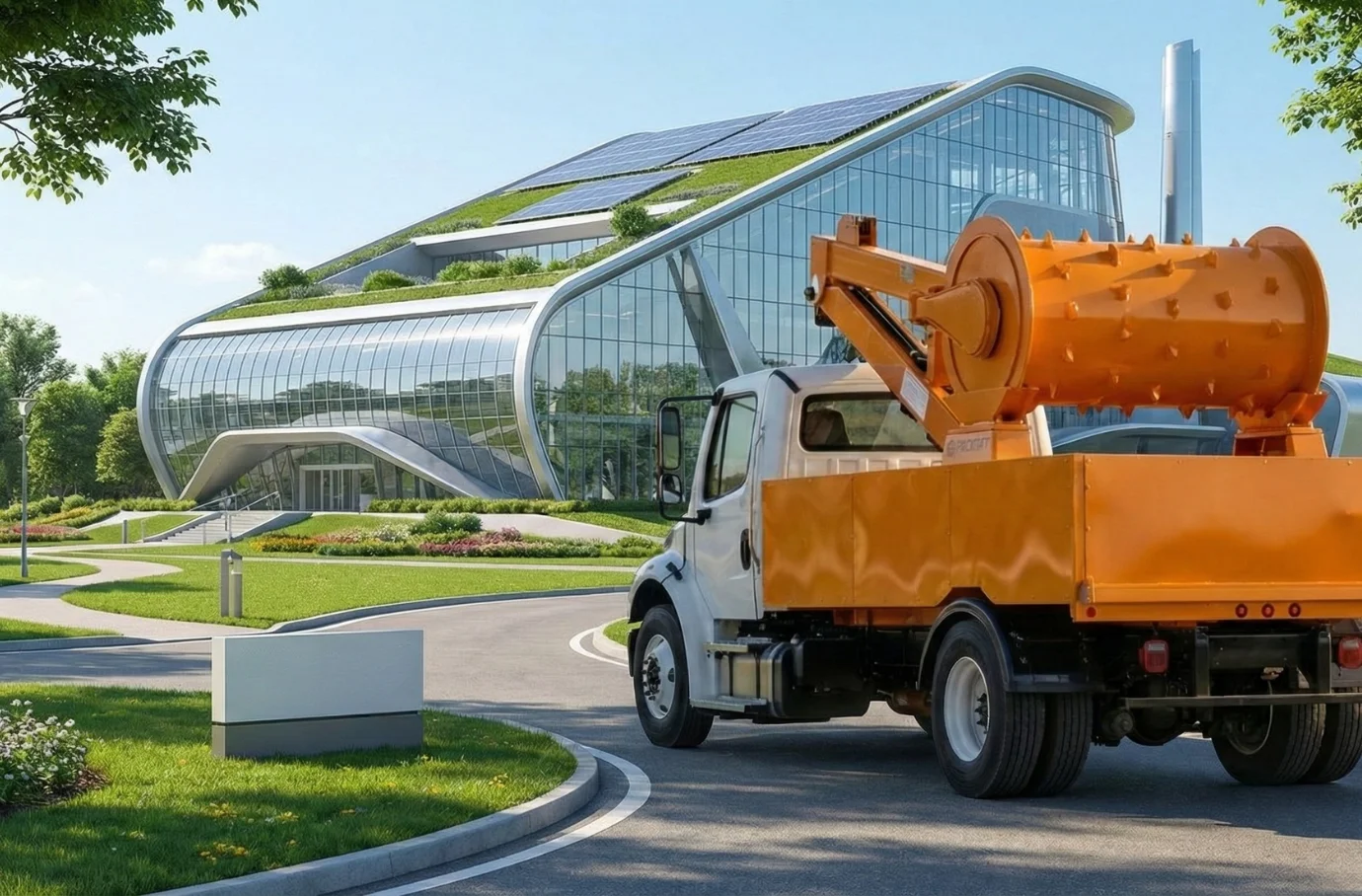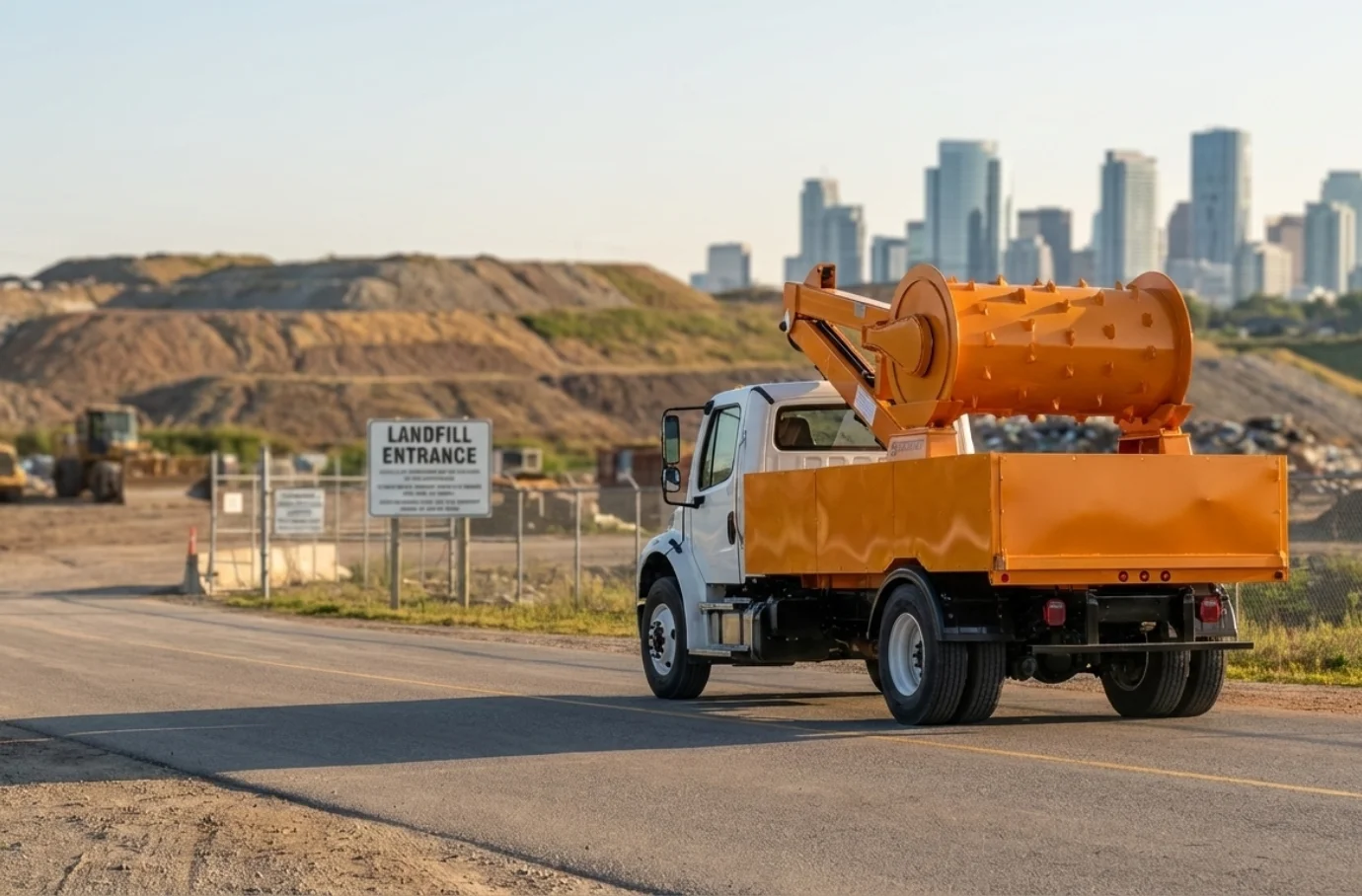Every day across North America, thousands of businesses—retail stores, factories, logistics centers, restaurants, and more—pay for their waste to be taken away. What most don’t realize, however, is that they’re often paying not just for trash, but for air. When large waste containers are hauled away half-full, the invisible costs quickly add up, impacting both the bottom line and the environment. At Packmat Equipment, we’ve spent years examining—and solving—this issue. Here’s what every business owner or operations manager should know about the real price of underfilled dumpsters and why optimizing container volume is more important than you might think.
Understanding How Waste Hauling Charges Work
Most waste management companies bill by the haul, not by the actual weight or contents of a container. Whether your bin is 50% or 100% full, you usually pay the same rate each time it’s picked up. This means that every cubic foot of empty space sent to the landfill represents wasted money and missed efficiency for your business. If your location has a regular pickup schedule, or your containers fill unevenly, these hidden costs can multiply fast.
Why Do Dumpsters Leave the Site Half-Full?
Many businesses find that their large waste containers are only partly filled when it’s time for removal. This isn’t due to carelessness—it’s usually a mix of operational challenges and the nature of waste:
- Irregular Waste Generation: Manufacturing, retail, and foodservice businesses generate waste in unpredictable bursts. There isn’t always time (or space) to wait for a bin to be full before the scheduled pickup.
- Container Access: Employees may distribute material unevenly throughout the bin, leaving large pockets of unused space.
- Type of Waste: Bulky, lightweight, or irregular items (think packaging, pallets, or cardboard) take up huge volumes but leave many air gaps.
- Safety and Cleanliness: Businesses want to prevent overflow, spillage, or odors, so they schedule pickups more frequently than strictly necessary.
The True Costs of Hauling Half-Empty Containers
Let’s translate those air pockets into lost dollars and opportunity:
How Mobile Compaction Transforms the Equation
This is where mobile compaction technology, like the solutions we design at Packmat Equipment, becomes a true game-changer. Rather than accepting inefficient filling, a mobile compaction unit visits your site and, in just a few minutes, massively compresses the contents of your waste container—without damaging the container itself.
Compaction services can:
What Does This Look Like in Practice?
Container Safety and Cost Savings: A Unique Approach
One concern many operators share is the potential for container damage during compaction. At Packmat Equipment, we’ve addressed this directly:
All of these features contribute to not just cost savings, but also peace of mind—no more worrying about expensive container repairs due to careless manual compaction.
Environmental and Operational Impact
Optimizing container volume delivers sustainability benefits far beyond your bottom line:
Simple Steps: How Can You Improve Your Waste Efficiency?
Ready to Unlock Savings?
If you’re interested in learning more or want to explore tailored compaction solutions for your operation, we’re here to help. Contact Packmat Equipment to see where compaction could take you, and see just how much you could be saving by compacting rather than transporting.
Remember: In waste management, efficiency isn’t just about convenience—it’s about unlocking real savings, sustaining the environment, and making your operations work smarter. Don’t let your budget—and the planet—pay for air.
Easy steps to create a color palette
Lorem ipsum dolor sit amet, consectetur adipiscing elit lobortis arcu enim urna adipiscing praesent velit viverra sit semper lorem eu cursus vel hendrerit elementum morbi curabitur etiam nibh justo, lorem aliquet donec sed sit mi dignissim at ante massa mattis.
- Neque sodales ut etiam sit amet nisl purus non tellus orci ac auctor
- Adipiscing elit ut aliquam purus sit amet viverra suspendisse potent
- Mauris commodo quis imperdiet massa tincidunt nunc pulvinar
- Excepteur sint occaecat cupidatat non proident sunt in culpa qui officia
What is a color palette?
Vitae congue eu consequat ac felis placerat vestibulum lectus mauris ultrices cursus sit amet dictum sit amet justo donec enim diam porttitor lacus luctus accumsan tortor posuere praesent tristique magna sit amet purus gravida quis blandit turpis.
Don’t overspend on growth marketing without good retention rates
At risus viverra adipiscing at in tellus integer feugiat nisl pretium fusce id velit ut tortor sagittis orci a scelerisque purus semper eget at lectus urna duis convallis porta nibh venenatis cras sed felis eget neque laoreet suspendisse interdum consectetur libero id faucibus nisl donec pretium vulputate sapien nec sagittis aliquam nunc lobortis mattis aliquam faucibus purus in.
- Neque sodales ut etiam sit amet nisl purus non tellus orci ac auctor
- Adipiscing elit ut aliquam purus sit amet viverra suspendisse potenti
- Mauris commodo quis imperdiet massa tincidunt nunc pulvinar
- Adipiscing elit ut aliquam purus sit amet viverra suspendisse potenti
What’s the ideal customer retention rate?
Nisi quis eleifend quam adipiscing vitae aliquet bibendum enim facilisis gravida neque euismod in pellentesque massa placerat volutpat lacus laoreet non curabitur gravida odio aenean sed adipiscing diam donec adipiscing tristique risus amet est placerat in egestas erat.
“Lorem ipsum dolor sit amet consectetur adipiscing elit, sed do eiusmod tempor incididunt ut labore et dolore magna aliqua enim ad minim veniam.”
Next steps to increase your customer retention
Eget lorem dolor sed viverra ipsum nunc aliquet bibendum felis donec et odio pellentesque diam volutpat commodo sed egestas aliquam sem fringilla ut morbi tincidunt augue interdum velit euismod eu tincidunt tortor aliquam nulla facilisi aenean sed adipiscing diam donec adipiscing ut lectus arcu bibendum at varius vel pharetra nibh venenatis cras sed felis eget.





.webp)